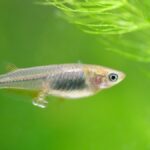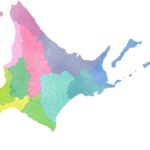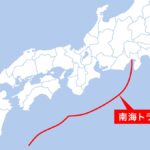Strong cooperation with industry and regions "Practical science unique to Hokkaido University" leads the world

The origin of Hokkaido University dates back to Sapporo Agricultural College, which was established in 1876.Throughout its long history, we have cultivated the basic principles of "frontier spirit," "cultivating internationality," "education for all," and "emphasis on practical studies."
Based on this philosophy, we are developing human resources who have advanced academic backgrounds that are internationally accepted and who can demonstrate accurate judgment and leadership.
Students who inherit history and tradition, seek excellent human resources from all over the world, and have basic knowledge, basic skills, mathematical ability, language ability, understanding ability, reading comprehension, problem-solving ability, creativity, ethics, and orientation. We accept students who have the flexibility, communication ability, ethical thinking ability, leadership, and humanity with academic motivation through various selection systems.
| List of faculties / departments | |
| Department of literature | Department of Humanities Capacity 185 |
| Faculty of Education | Education Department Capacity 50 students |
| Graduated from Faculty of Law | Law course capacity 200 people |
| Faculty of Economics | Department of Economics Capacity 100 Department of Business Administration Capacity 90 people |
| Faculty of Science | Mathematics Department Capacity 50 people Department of Physics Capacity 35 people Chemistry Department Capacity 75 people Department of Biological Sciences Capacity 80 people Department of Earth and Planetary Sciences Capacity 60 people |
| Faculty of medicine | Medical department capacity 100 people Department of Health Capacity 180 people |
| Faculty of Dentistry | Dentistry capacity 53 people |
| Pharmacy | Department of Pharmacy Capacity 50 people Faculty of Pharmacy Capacity 30 people |
| Faculty of Engineering | Applied Science and Engineering Department Capacity 160 people Department of Information Electronics Capacity 230 people Department of Mechanical and Intelligent Engineering Capacity 120 people Department of Environmental and Social Engineering Capacity 210 people |
| Faculty of Agriculture | Department of Bioresource Sciences Capacity 36 people Department of Applied Life Sciences Capacity 30 people Department of Biofunctional Chemistry Capacity 35 people Forest Science Department Capacity 36 people Animal Science Department Capacity 23 people Department of Bio-Environmental Engineering Capacity 30 people Department of Agricultural Economics Capacity 25 people |
| Veterinary school | Joint veterinary course Capacity 40 people |
| Faculty of Fisheries | Department of Marine Biological Sciences Capacity 54 people Department of Marine Resources Science Capacity 53 people Proliferation Life Science Department Capacity 54 people Department of Resource and Functional Chemistry Capacity 54 people |
| Contact information, address, etc. | |
| Zip Code | 060-0817 |
| Address | Kita 17 West 8-chome, Kita-ku, Sapporo-shi, Hokkaido |
| Department | Academic Affairs Department Entrance Examination Division |
| Phone | 011-706-7484 |
| Others | |
| Official page | https://www.hokudai.ac.jp/ |





